German Antique Chess Pieces
Just like the French and British, Germans also have their own tradition in chess pieces. We have already touched the German tradition on our website, but here is an article in detail on the German tradition of chess pieces. The Germans did not only make their chess pieces out of stone, wood, ivory, but they also used porcelain to make quality chess pieces. The German tradition is so versatile and diverse, that you will find totally different types of chess pieces, masterfully crafted by the German artisans.
If you are looking for wooden chessboard, you would like to have a quality set of antique German chess pieces with it. For example, a German Figurine Porcelain set included considerably big chess pieces, colored so beautifully in white and blue. The German artisans used to employ their aesthetic sense and creativity to make such chess pieces, which caught the eyeballs of all chess lovers. The King used to be a little bit taller than the queen, and definitely the biggest piece in respect of size and girth. The rooks mostly looked like the towers of a castle, and bishops were totally different from the traditional European style.
Just like their European counterparts, Germans also loved to play with ivory chess pieces; ivory pieces were not only found on chessboards , but the Germans also loved them on their chessboards. However, unlike most of the European artisans, the Germans artisans colored the other side black, while one side was always natural white. The classic German ivory chess pieces from the late 18th century are sold at very expensive rates. The beauty of these chess pieces lies in their delicacy and intricate carving. While all of the pieces were carved very slim and smart, the size was most of the times the only difference between a king and the queen.
Just like ivory and porcelain, the German artisans did wonders in the wooden chess pieces as well. The German wooden chess pieces were mostly made out of quality wood like lime wood. The German wooden chess pieces were considerably bigger than those of their European counterparts. An early 20th century set shows that the King was the biggest pieces and then the queen; both were perfectly identifiable as the King and Queen. While the knights were only made of the horses’ heads.
However, Germans mastered their craft of chess pieces to impress the people looking for wooden chessboard, and they made chess pieces out of all types of materials. Germans used metals like bronze and silver to make majestic chess pieces. Such chess pieces were very famous around early 20th century, and the chess pieces were bigger, stronger and solider than other pieces. While one side was Prussians, the other side was Cossacks. These pieces included complete forms, which means that the knights were not only horses’ heads, but complete knights as though ready to charge against the enemy.
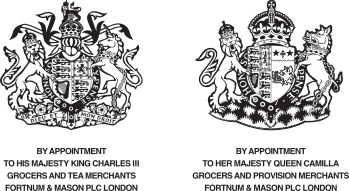


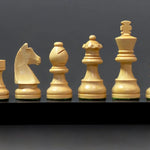
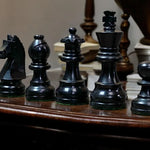
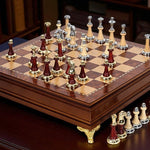
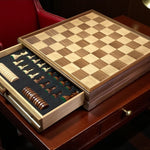
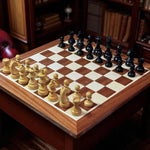
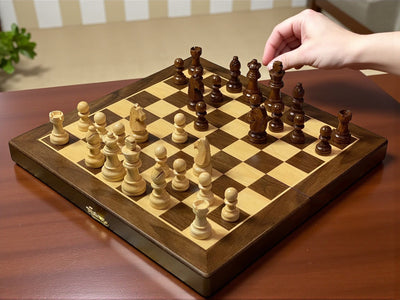
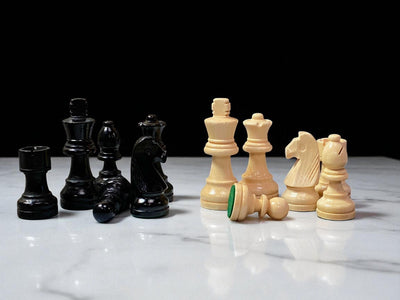
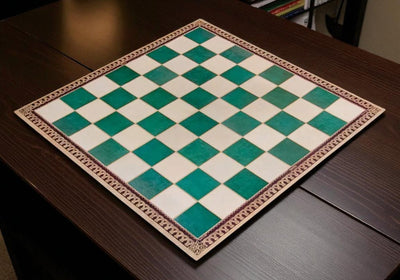
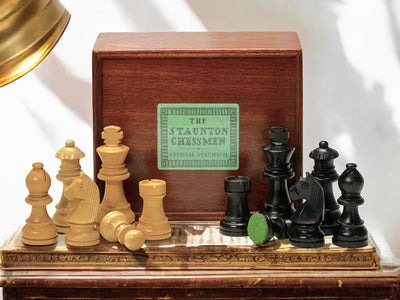
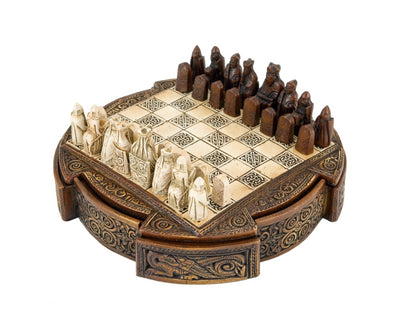
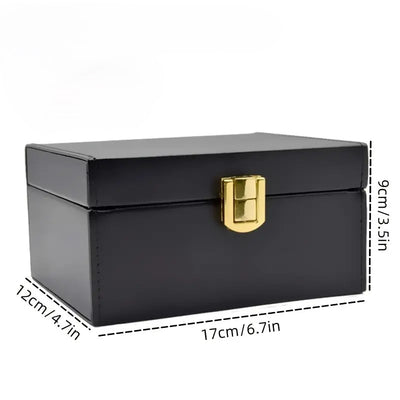
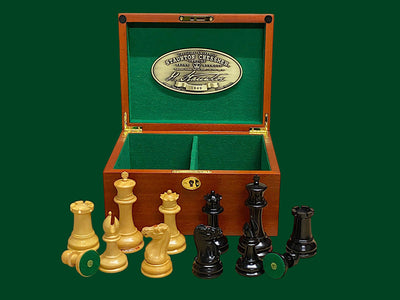
Leave a comment